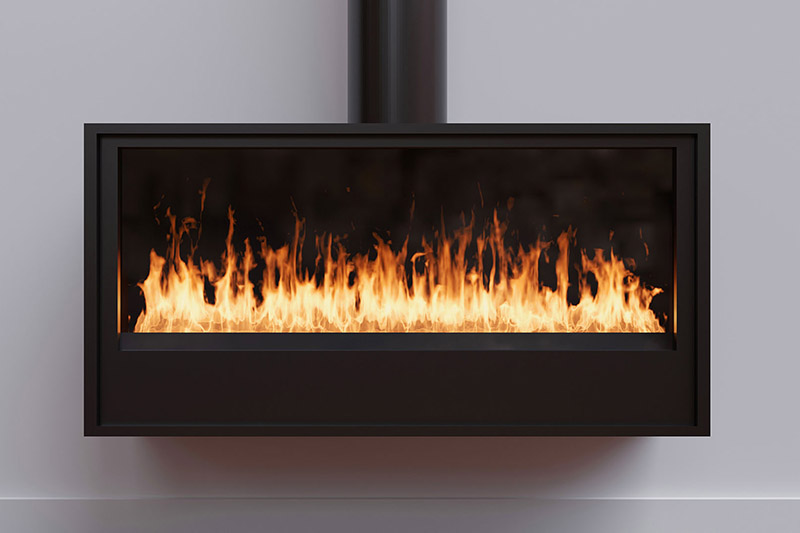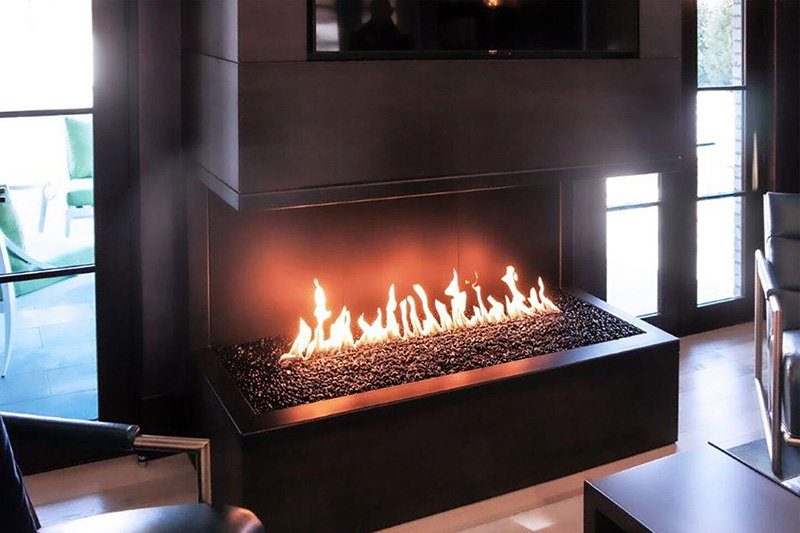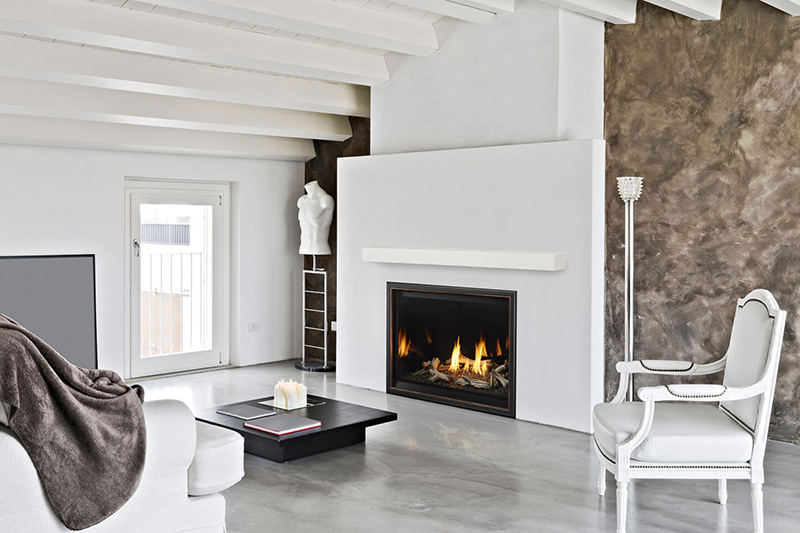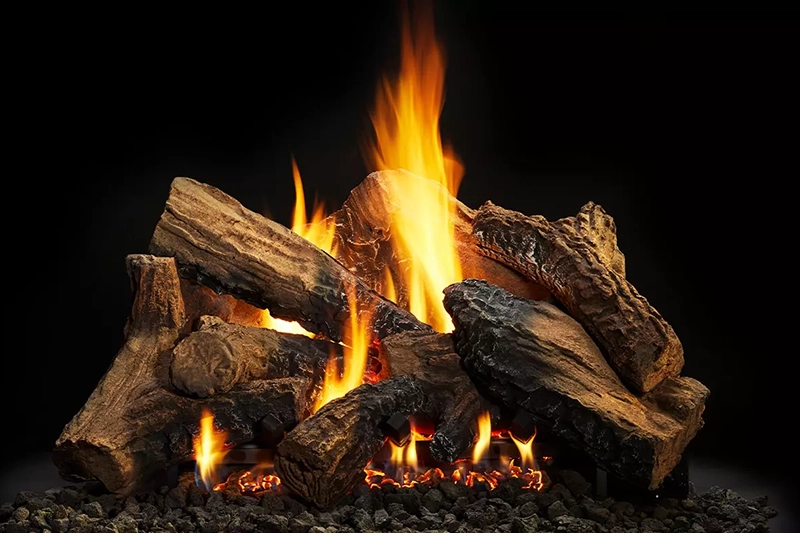How to Light a Gas Fireplace Pilot: A Step-by-Step Guide
Learning how to light a gas fireplace pilot can be a straightforward process, but it’s crucial to follow the right steps to ensure both safety and efficiency. Whether you're trying to relight your gas fireplace after a long period of non-use or facing issues with the pilot, understanding this simple process and knowing what to watch out for can make all the difference. Here’s a quick guide to help you safely ignite the pilot light on your gas fireplace and troubleshoot common problems that may prevent it from turning on.
Step-by-Step Guide to Lighting Your Gas Fireplace Pilot
- Find the Control Knob: Most gas fireplaces have a control knob labeled “Off,” “Pilot,” and “On.” Ensure the knob is turned to the “Off” position before you begin. This step ensures that any lingering gas dissipates, making it safe to proceed.
- Locate the Ignition Button and Pilot Position: Once you’ve found the control knob, switch it to the “Pilot” position. Then, hold down the control knob to allow gas flow to the pilot.
- Ignite the Pilot Light: While holding down the control knob, press the ignition button (usually a red or black button) repeatedly until you see the pilot flame ignite. If your fireplace doesn’t have an ignition button, use a lighter to carefully ignite the pilot. Continue holding the knob down for 30-60 seconds after the flame appears to keep it stable.
- Turn the Fireplace On: Once the pilot is stable, rotate the knob to the “On” position. This step should allow the main burners to engage, filling your home with the warmth of the gas logs.
Note: If you’re wondering how to ignite a pilot light on a gas fireplace safely, always ensure adequate ventilation in the room and follow these steps carefully to avoid potential hazards.
Common Issues and Troubleshooting Tips
Sometimes, even with the right steps, the pilot light may not stay lit, or the gas fireplace might not turn on at all. Here are some common issues that can cause these problems:
- Dirty Pilot or Gas Line: Dust, soot, or debris buildup around the pilot or gas line can block the flow of gas, preventing the pilot light from igniting. Regularly cleaning the area around the pilot can help maintain a steady flame.
- Faulty Thermocouple: The thermocouple is a safety device that detects when the pilot light is lit. If it malfunctions, it could cut off the gas supply, causing the gas fireplace not to turn on. Replacing a faulty thermocouple often resolves this issue.
- Low Gas Supply: If your gas logs aren’t igniting, it could be due to a low gas supply. Ensure the gas line is open, and if the problem persists, contact your gas provider.
- Damaged Ignition Button or Knob: If the ignition button or control knob feels loose or doesn’t engage properly, it could be preventing the pilot light from igniting. Fireside Home Solutions can assess and repair any damaged components, ensuring a safe and efficient operation.
When to Call for Service
If you’ve tried these steps and still find that your gas fireplace pilot light won’t stay lit or the fireplace isn’t turning on, it’s best to seek professional assistance. Fireside Home Solutions provides comprehensive service and maintenance to diagnose and repair issues with your gas fireplace. Visit our Service and Maintenance page to schedule an appointment with our expert team. Regular service keeps your fireplace functioning reliably, ensuring your home stays warm and cozy during those colder months.








